Nansen magazine celebrates migrants of all kinds

From expats to refugees, Nansen is a new magazine vowing to tell the stories of “migrants of all kinds”. But they’re starting small — each issue centres on the journey of one single migrant, then contextualises their experience through stories from their surroundings.
Issue one begins with the aspirations of an oddball 78-year-old Turkish-German activist. It then takes you on a day trip to his local immigration office in Berlin, before sitting down with neighbouring döner shop workers and barbers to find out what they have to say. It’s a completely original, nuanced, and personal take on the sweeping issue of migration, filled with lively, playful designs to create an utterly engaging reading experience. See our chat below with editor Vanessa Ellingham to find out more.

How did you encounter your cover star Aydin Akin, and why did you want to tell his story?
Aydin cycles past my Berlin apartment every morning and evening and he’s a total sight to behold. He’s in his late 70s, he’s out on his bike every day, whatever the weather, he’s covered himself in these big protest signs and he makes a hell of a lot of noise — two megaphones playing music and a chant, and he blows a whistle and does arm actions on top of all that. He looks totally crazy. But from a distance it’s not particularly clear what he’s protesting about.
When I got wind that he had been demonstrating for migrant rights three hours per day, almost every day for 12 years, I had to find out more. Turns out Aydin has a vision for how migrants could be better integrated into German society. He has some really solid ideas for how Germany and Europe could do a better job of helping newcomers settle in, in order to reduce the anger and violence that plays out when people are excluded from the societies they live in. Aydin’s also someone who’s lived the experience of being a migrant for 49 years, so I knew that more recent migrants, as well as readers considering moving to a new place, would be keen to hear what that’s been like.
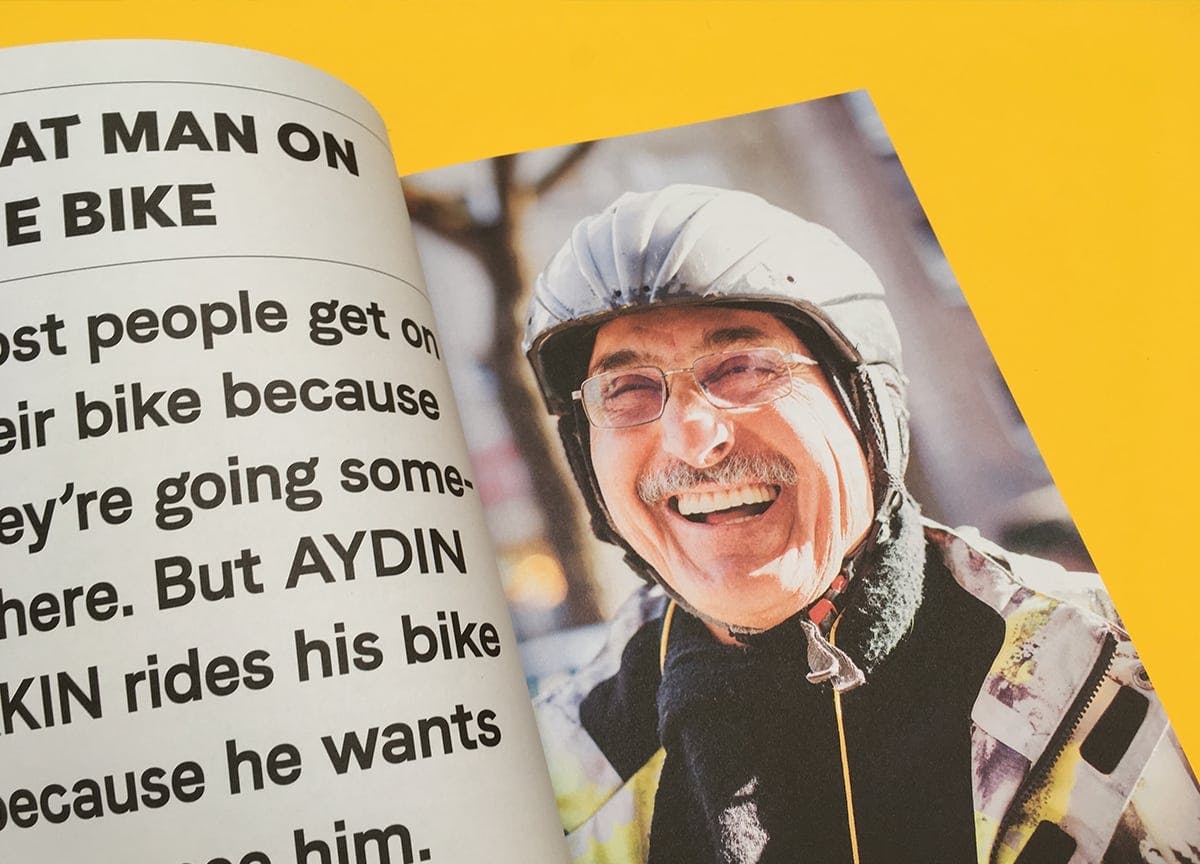
Like Aydin, you are a migrant yourself — is that why you wanted to make a magazine about migrants?
The indie mags that appeal to me the most are always the ones with the most clearly defined concepts — like MC1R, the one about being a redhead. I knew if I was going to start a magazine, it would be focused on a specific community.
After moving away from New Zealand and becoming a migrant myself, and meeting other newcomers who came from very different places and situations to my own, I got really interested in our shared experiences and how you might go about building solidarity between different kinds of migrants.

The moment that I had the idea for a magazine about migrants, I was standing in IKEA in Berlin, where I’d just shopped for some furniture for my first flat in my new city. It was the second time I’d done that in a year, after having done the same thing in Copenhagen a year earlier. It made me think about all the people standing in IKEA stores around the world, doing the same thing as me, and what that might look like in a magazine. People are always going to be on the move and if you’re someone living away from home, you’re always going to want to connect to others with similar experiences.
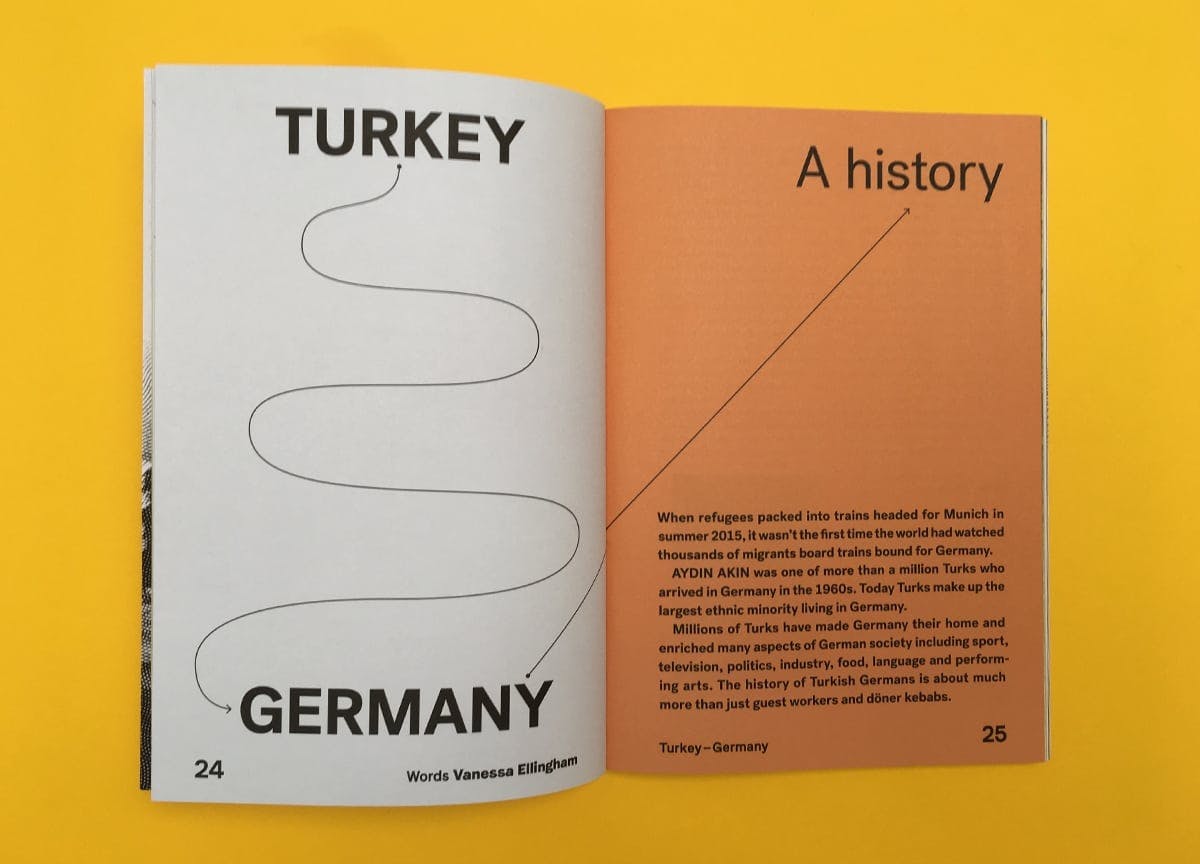
The magazine visits the immigration office in Berlin in issue one. What did you want to show through that feature?
The immigration office here is a totally stressful place! Everyone who’s been there has a horror story — all the queuing, anxiety, uncertainty. We wanted the story to convey the sense of doom you feel while someone behind that door is deciding your fate. But we also knew that other immigration office feeling — that after waiting around for hours telling yourself you’re screwed, if you’re lucky, someone will suddenly come out of their office and hand you your brand new visa.
Then you have this jaded relief that so many of my friends have documented with selfies taken out the front of that building. So I scrolled through the building’s location tag on Instagram and asked for people’s permission to use their selfies in our story (below). So many people wrote back to me with their own stories about being new in Berlin — from being unfairly treated at the immigration office, to saying that moving to Berlin was the best thing that had ever happened to them. It ended up being a really fun way to connect with some more recent arrivals who all fit into Aydin’s vision, whether they know it or not.

Tell us about some of the other features you were particularly excited about in issue one.
I’m excited about the story by Zoe Spawton, a photographer from Australia best known for her photo blog What Ali Wore which documented the very dapper outfits of an elderly Turkish man she met here in Berlin. In Berlin neighbourhoods like Kreuzberg and Neukölln, gentrification has ramped up in recent years, with a lot of the blame directed at younger, often more affluent newcomers. Zoe tells us the story of her friendship with Ali, which brings a really hopeful perspective to the often divisive talk about newer waves of migrants in our city.
In issue one we also meet the makers of a new magazine called Renk. about German-Turkish arts and culture. They aim to dispel stereotypes about their community — that if you live in Neukölln, there isn’t just a choice between being a Turk or a hipster, you might actually be both. These are the people that Aydin focuses on in his work — that next generation.
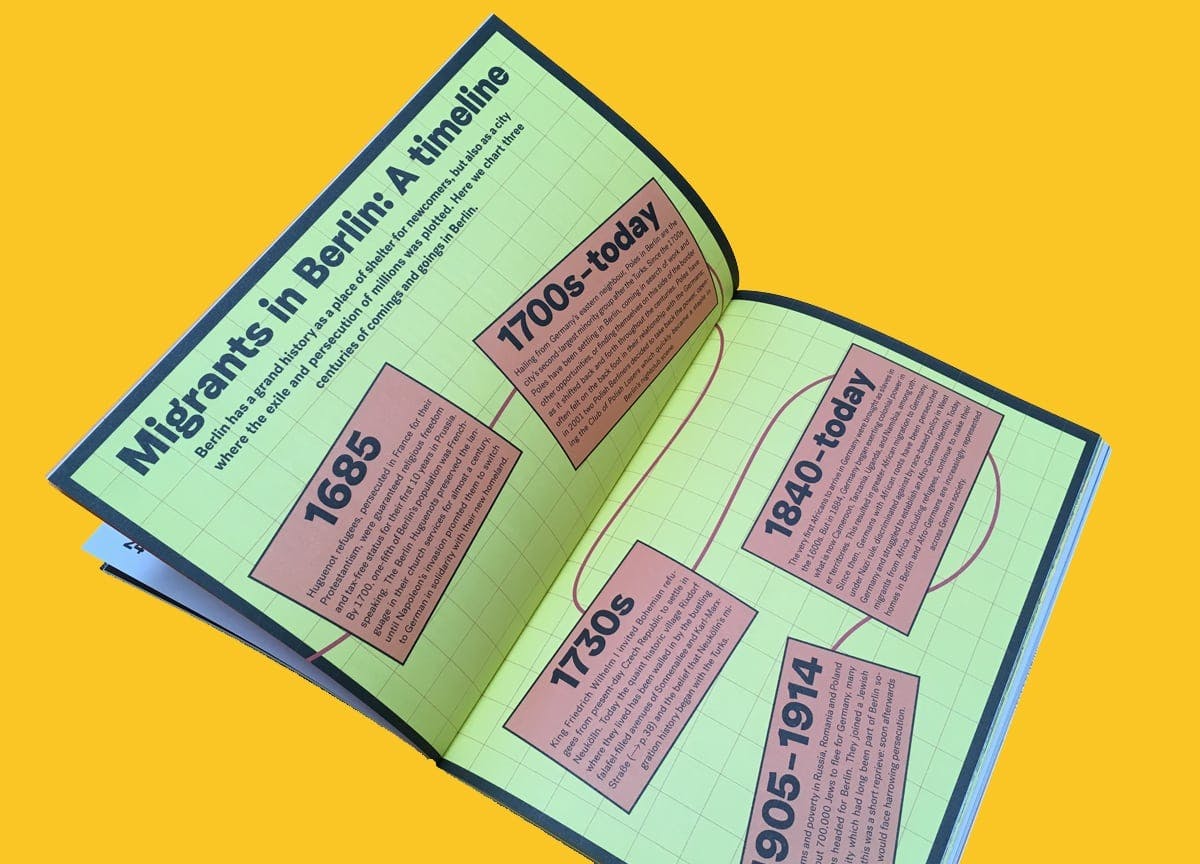
Where are you taking readers in issue two?
That’s top secret! We’re really interested in introducing our readers to migrants from different countries with different levels of privilege, agency and media representation, to find out what we have in common — and what sets us apart.
That juxtaposition between people whose migration regularly hits headlines and is the thing that defines them in the public eye, to people like me who can up and move with relative ease, to celebrities who move to LA for work like it’s nothing, and would identify as about 10 other things before they considered themselves a migrant — we want to hone in on them all and connect migrants across these experiences.
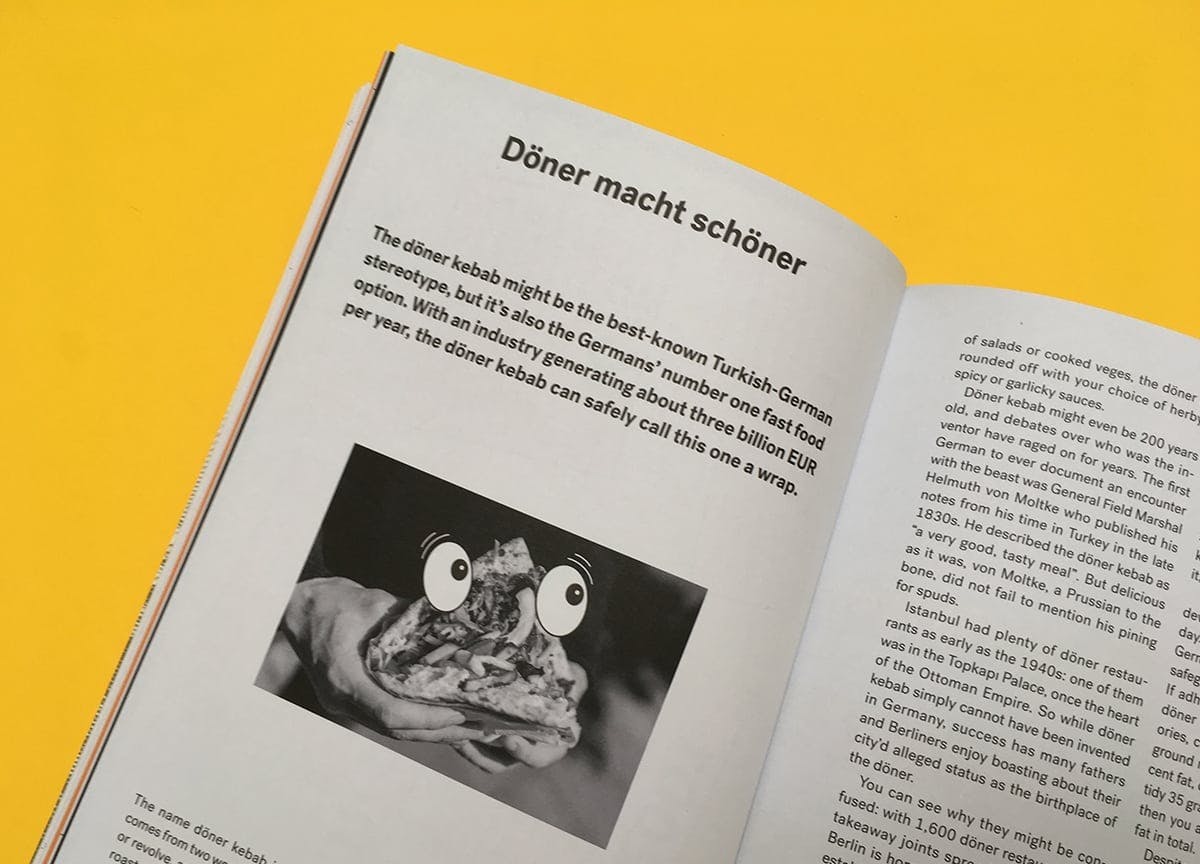
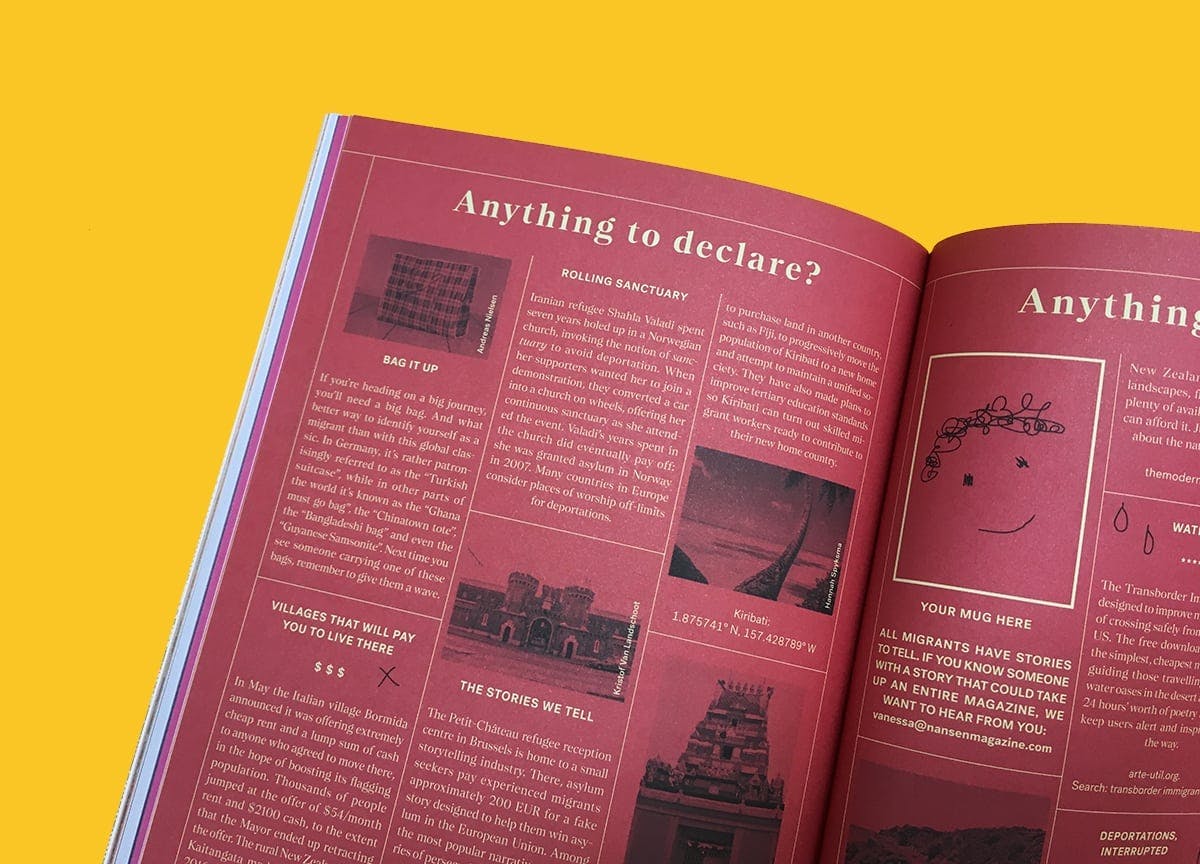

—
We sent out Nansen on Sampler a couple of months back — sign up to the free newsletter to get a magazine offer in your inbox every Thursday






